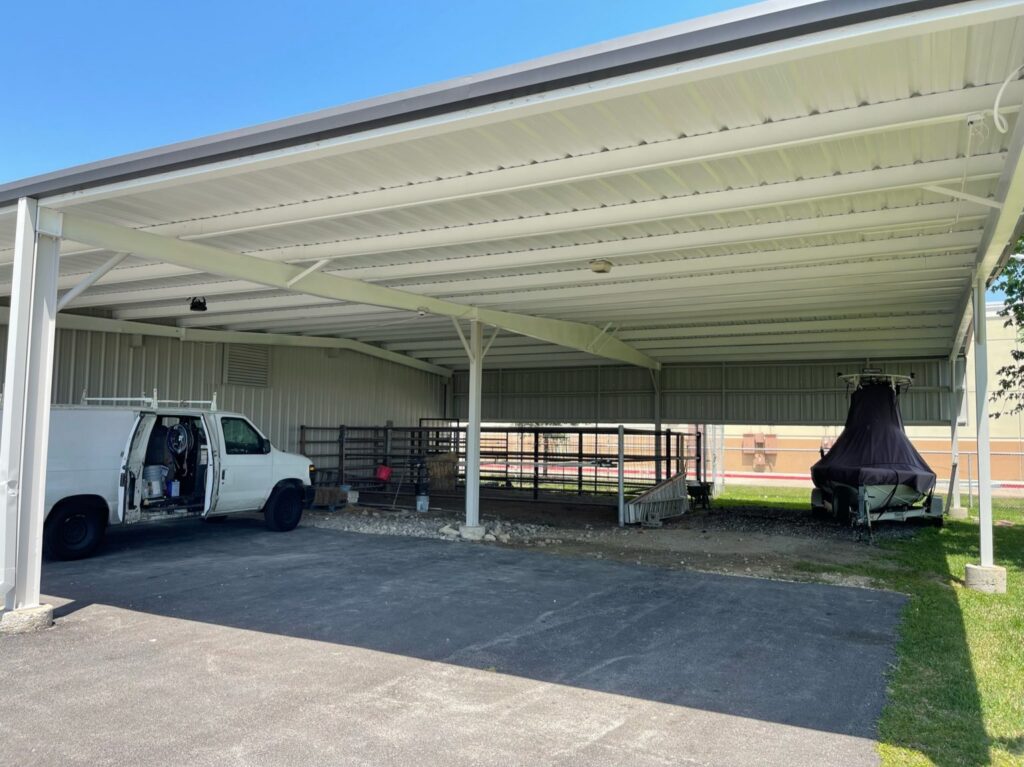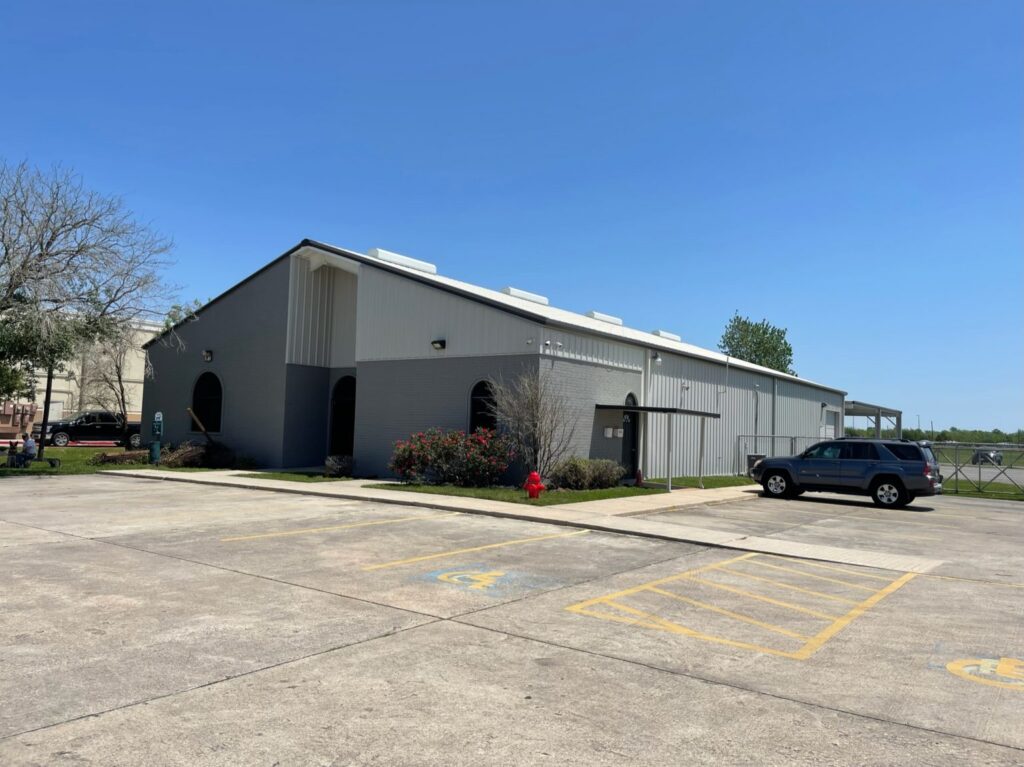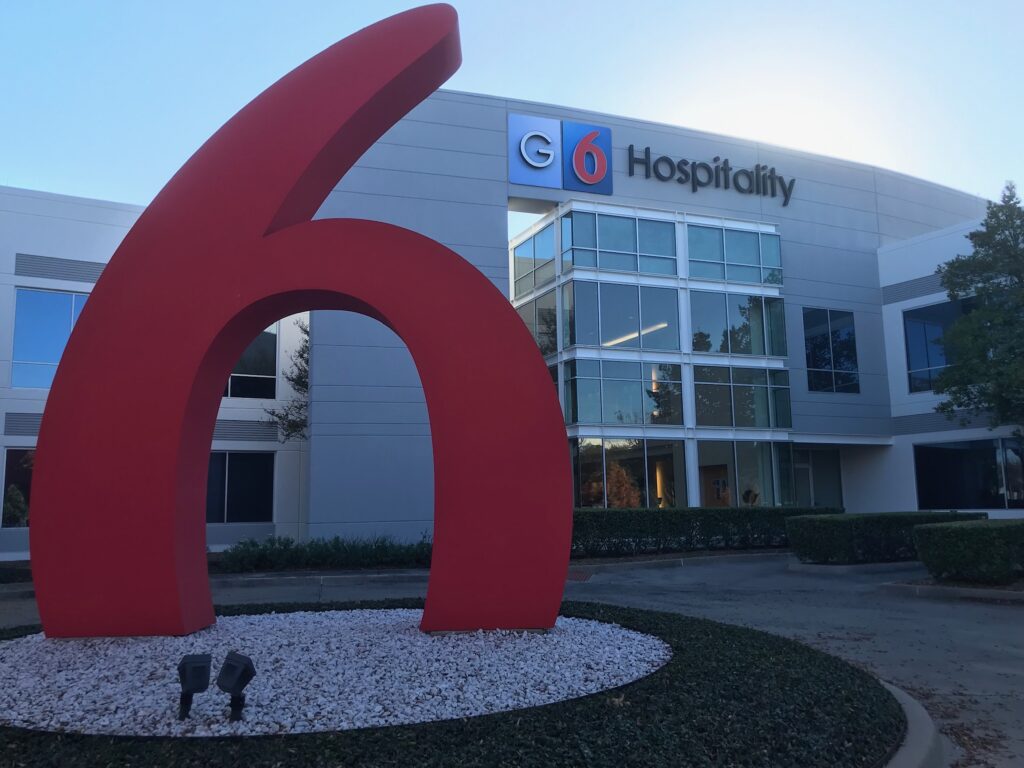When it comes to facility maintenance, most plans focus on the obvious: walls, floors, and exteriors. However, several surfaces often slip through the cracks, potentially compromising your building’s longevity, safety, and appearance. These overlooked areas require regular attention, especially in terms of industrial painting, coatings, and upkeep.
From ceilings to corners, these areas should not be overlooked when working to maintain a safe and clean environment. Below we explore five commonly forgotten surfaces that demand your attention and also discuss how industrial painting can help address these often-neglected spaces.
Ceilings and Overhead Structures
Looking Up
When it comes to facility maintenance, ceilings and overhead structures often fall victim to the “out of sight, out of mind” mentality. This oversight is particularly prevalent in warehouses, gyms, and industrial spaces where vast expanses of overhead area can easily escape attention. However, maintaining these elevated surfaces is very important for the overall health and safety of your facility.
Different ceiling types, such as drop ceilings, exposed beams, and painted drywall, each require unique maintenance approaches. For instance, drop ceilings may need periodic tile replacement, while exposed beams might require more frequent dust removal. Painted drywall ceilings demand regular inspections for cracks or water damage. Maintaining ceilings in high-humidity or temperature-fluctuating environments presents unique challenges. These conditions can accelerate wear and tear, making regular inspections and maintenance even more important for long-term facility health.
Mechanical Rooms and Utility Areas
Behind-the-Scenes Spaces That Matter
Often overlooked due to their lack of customer visibility, mechanical rooms and utility areas often play an overlooked role in facility operations. These “back of house” spaces house critical building systems such as HVAC, electrical, and plumbing infrastructure. Well-maintained utility areas significantly improve overall building efficiency and reduce downtime.
However, neglecting these spaces can lead to serious safety hazards. The constant operation of equipment in these areas subjects them to considerable wear and tear. Exposure to humidity and chemicals can accelerate surface degradation, potentially compromising the integrity of vital systems.
OSHA mandates safe and clearly marked environments in these areas, emphasizing their importance. Proper maintenance of utility spaces not only ensures compliance but also prevents equipment failure due to inadequate surface protection. Moreover, neglected mechanical areas can result in increased energy costs from inefficient system operation.
Elevator Interiors and Doors
The Importance of Well-Maintained Elevators
Elevators are often overlooked in maintenance plans, despite their constant use in multi-story buildings. Many facility managers mistakenly believe that these spaces are solely the responsibility of specialized contractors. However, elevators serve as a microcosm of overall building maintenance, as they experience frequent use and constant wear.
These vertical transport systems can quickly become a focal point of tenant or visitor complaints if not properly maintained. The confined space amplifies any signs of neglect, making it essential to include elevators in regular maintenance routines. By paying attention to elevator interiors and doors, facility managers can leave a positive impression and smooth transit experience for all building occupants.
Loading Docks and Back Entrances
The Gateway to Your Facility
When it comes to facility maintenance, loading docks and back entrances often slip under the radar. These areas, hidden from public view, are frequently overlooked in regular upkeep plans. However, their importance cannot be overstated.
These spaces serve as hubs for deliveries and inspections, maintaining supply chain organization and systems. Moreover, they often double as employee entrances and break areas, directly impacting staff morale and productivity.
Neglecting these areas can lead to serious consequences. Not only do they become eyesores, but they can also evolve into security vulnerabilities if left unmaintained. Proper care of loading docks and back entrances makes for both operational efficiency and overall facility safety.
Interior Trim, Baseboards, and Corners
The Devil in the Details
In facility maintenance, it’s easy to overlook the seemingly minor elements like interior trim, baseboards, and corners. Often considered purely cosmetic, these areas actually bear the brunt of daily wear and tear. They endure constant foot traffic, equipment bumps, and accidental scuffs. Despite their small size, these details significantly impact the perception of cleanliness and maintenance in a facility.
Facility managers tend to focus on larger, more obvious tasks, neglecting these finer points. However, this oversight can lead to a gradual decline in the facility’s appearance.
Bottom Line: Don’t Overlook What’s Right in Front of You
When it comes to facility maintenance, the difference between a well-kept space and one that feels neglected often lies in the details — the ceilings, utility rooms, elevators, loading docks, and interior trim that quietly carry the wear and tear of daily operations. These surfaces may not always be front and center, but their condition speaks volumes about your facility’s standards for safety, efficiency, and care.
That’s where experienced industrial painting make a real impact. With specialized coatings, access to the right equipment, and knowledge of environmental and compliance requirements, professional painters don’t just restore these overlooked areas — they protect them. From moisture-resistant finishes in utility rooms to anti-graffiti coatings in high-traffic zones, their expertise ensures your facility stays durable, clean, and code-compliant.
By partnering with an industrial painting team, you’re not just freshening up surfaces — you’re proactively preserving the integrity and longevity of your building. If you’re ready to bring new life to your facility’s most forgotten spaces, it might be time to bring in the pros who know how to see what others miss.




